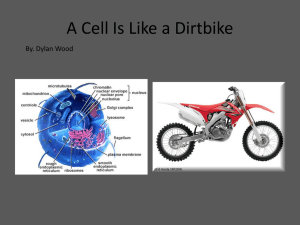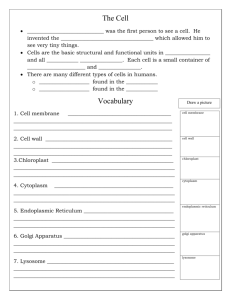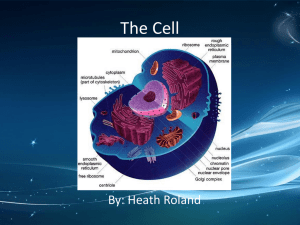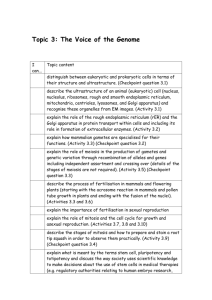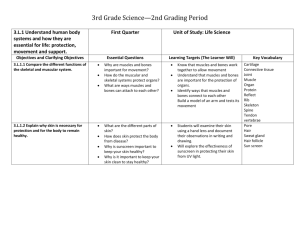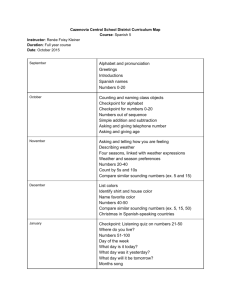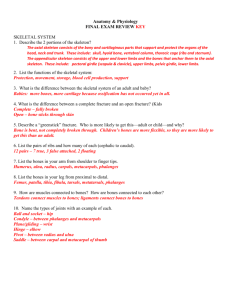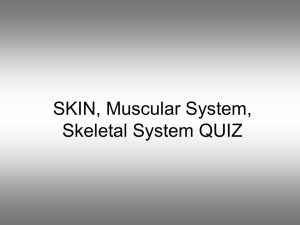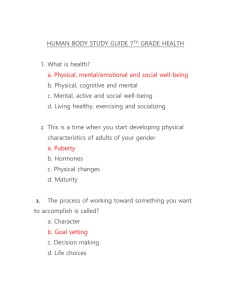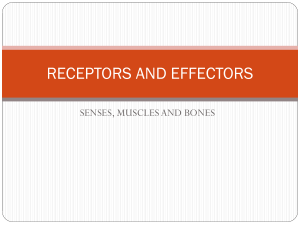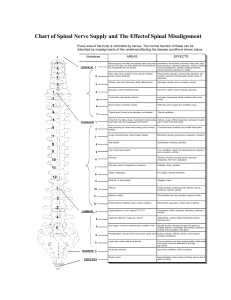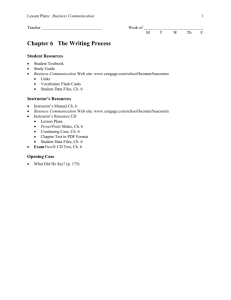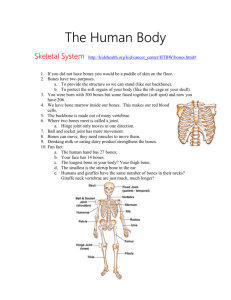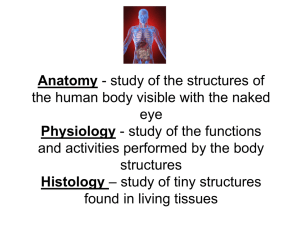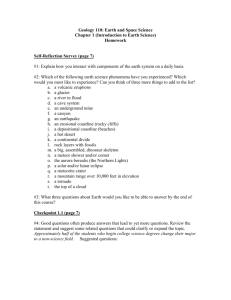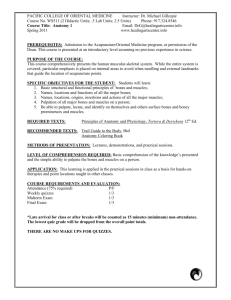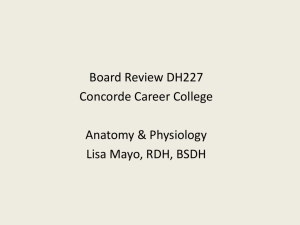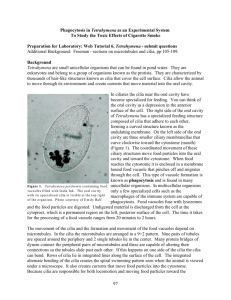File
advertisement
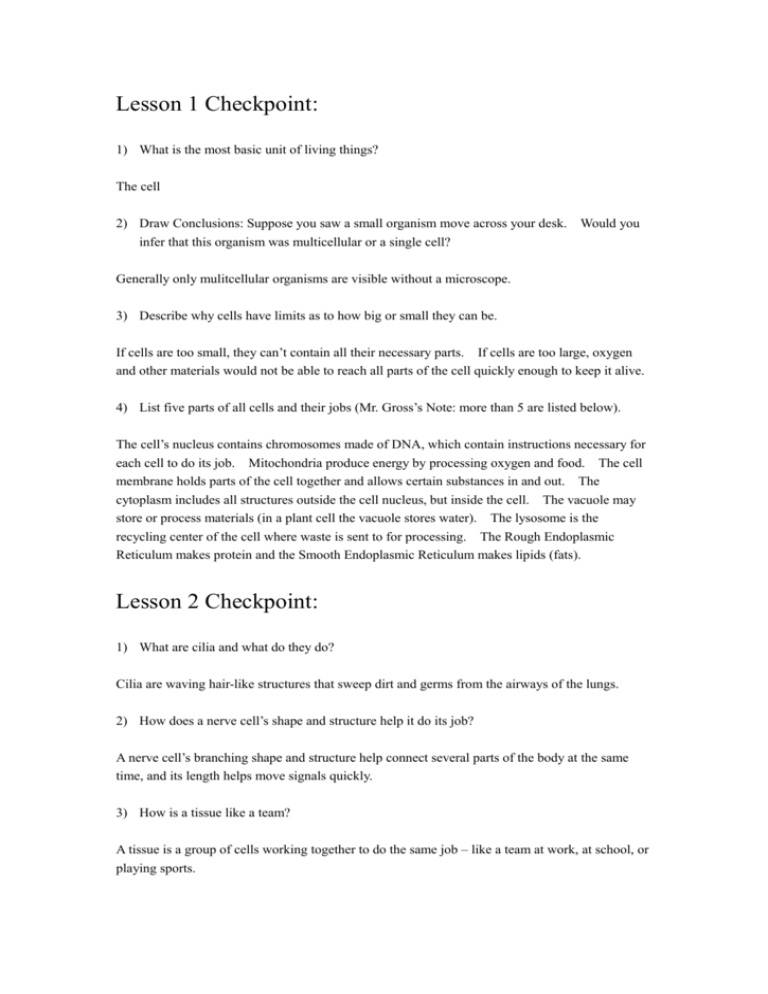
Lesson 1 Checkpoint: 1) What is the most basic unit of living things? The cell 2) Draw Conclusions: Suppose you saw a small organism move across your desk. Would you infer that this organism was multicellular or a single cell? Generally only mulitcellular organisms are visible without a microscope. 3) Describe why cells have limits as to how big or small they can be. If cells are too small, they can’t contain all their necessary parts. If cells are too large, oxygen and other materials would not be able to reach all parts of the cell quickly enough to keep it alive. 4) List five parts of all cells and their jobs (Mr. Gross’s Note: more than 5 are listed below). The cell’s nucleus contains chromosomes made of DNA, which contain instructions necessary for each cell to do its job. Mitochondria produce energy by processing oxygen and food. The cell membrane holds parts of the cell together and allows certain substances in and out. The cytoplasm includes all structures outside the cell nucleus, but inside the cell. The vacuole may store or process materials (in a plant cell the vacuole stores water). The lysosome is the recycling center of the cell where waste is sent to for processing. The Rough Endoplasmic Reticulum makes protein and the Smooth Endoplasmic Reticulum makes lipids (fats). Lesson 2 Checkpoint: 1) What are cilia and what do they do? Cilia are waving hair-like structures that sweep dirt and germs from the airways of the lungs. 2) How does a nerve cell’s shape and structure help it do its job? A nerve cell’s branching shape and structure help connect several parts of the body at the same time, and its length helps move signals quickly. 3) How is a tissue like a team? A tissue is a group of cells working together to do the same job – like a team at work, at school, or playing sports. 4) Draw Conclusions: Why is it an advantage to have dead cells on the surface of the skin? Dead cells protect the living tissue underneath. Lesson Checkpoint 3: 1) How many bones make up the skeletal system? About 200 bones (206 to be exact) 2) List some organ systems and describe their jobs. YOU MAY HAVE DIFFERENT ANSWERS: Skeletal System: supports the body, protects organs, makes blood cells (inside bone marrow) Muscular System: Moves body parts Nervous System: Controls muscles Digestive System: Processes food and drink into usable forms for the body and sends unused food material (waste) out of the body 3) How do muscles work in pairs to move a bone? One muscle contracts while its partner muscle relaxes. This pulls the bones to a desired position.


